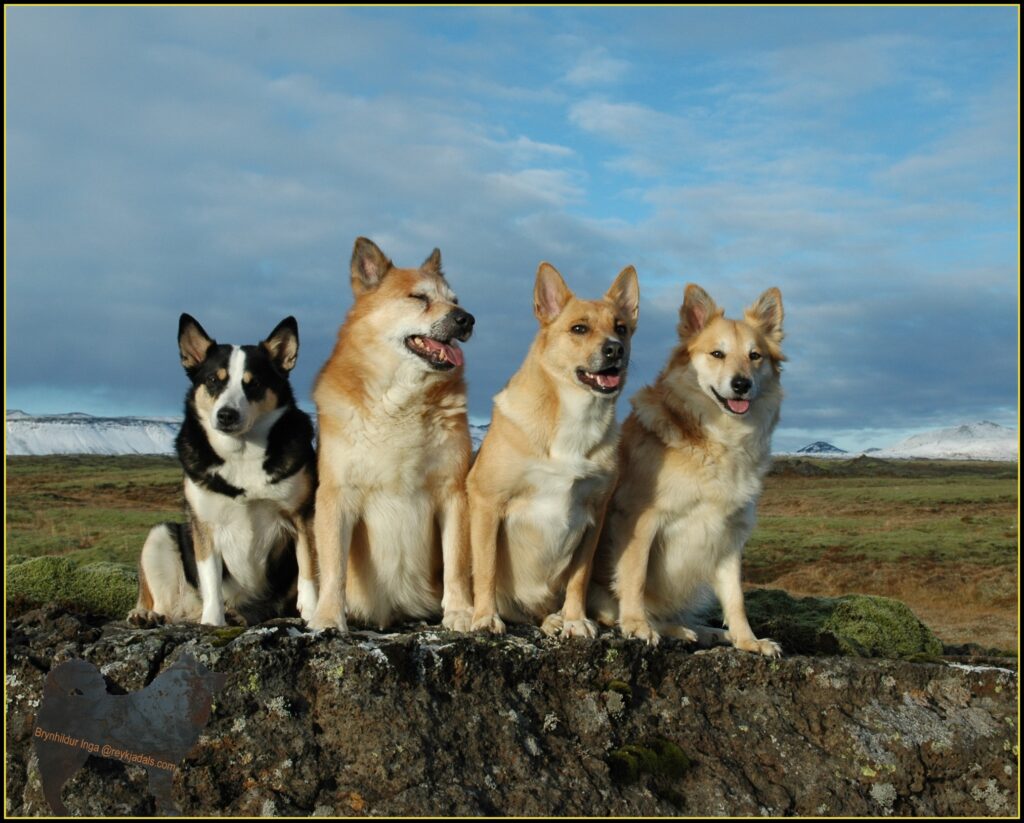The Unique Trait of Icelandic Sheepdogs: Understanding the Double Dew Claws
In the diverse world of dog breeds, the Icelandic Sheepdog stands out for a unique feature: double dew claws. This trait, rare among canines, is more than just a physical quirk; it is a window into the breed’s history and function.
Icelandic Sheepdogs, a spitz-type breed, hail from Iceland, a land of rugged terrain and challenging weather. Bred for herding and guarding livestock in these harsh conditions, these dogs have developed features suited to their environment and work. One such feature is the double dew claws.
Dew claws are essentially the canine equivalent of a human’s thumb or big toe, though not as functional. Typically, dogs have a single dew claw on each front paw, and sometimes on their rear paws. However, Icelandic Sheepdogs often have double dew claws on their hind legs, a trait they share with only a few other breeds, such as the Beauceron and the Great Pyrenees.
So, why do Icelandic Sheepdogs have this distinctive trait? The answer lies in their historical role. In Iceland’s tough landscapes, these dogs needed exceptional balance and stability to navigate rocky terrains and control sheep. The double dew claws provided extra grip and support, enhancing their agility and endurance.
From a genetic standpoint, the double dew claw is a result of a specific gene mutation. This trait is inherited, meaning it’s passed down from one generation to the next. Breeders of Icelandic Sheepdogs often look for this trait as a sign of the breed’s purity and adherence to traditional breed standards.
In conclusion, the double dew claws of Icelandic Sheepdogs are more than just an interesting physical feature. They are a testament to the breed’s evolutionary adaptation to its environment and work. This trait not only highlights the breed’s unique history but also serves as a functional advantage that has helped these dogs excel in their traditional roles.

